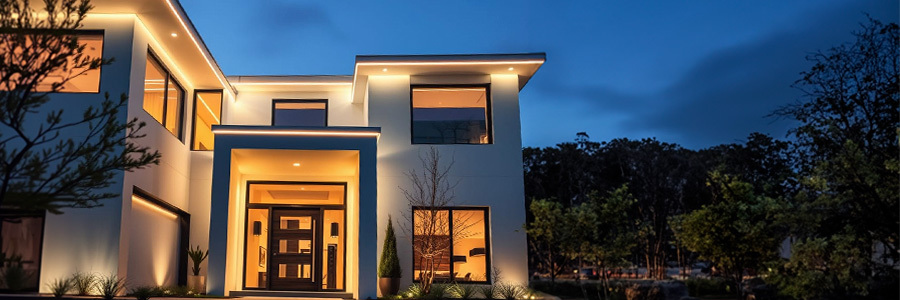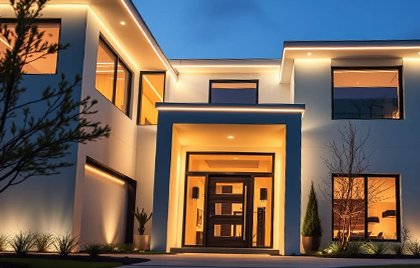Every Sustainable Home Needs LED Strip Lights—Here’s Why
Not too long ago, most of us chose lights for our homes based on our daily needs or looks. Maybe to dress up a space, brighten up the kitchen while we cook or our workbench for tinkering, or get rid of unwanted shadows.
But today, lighting in our houses has taken on anew role, with the cost of living and utilities going up in price and growing concerns about how our habits and decisions affect the planet.
When it comes to buying lights now, it’s not just about how stylish, bright, or fitting they are for our needs. We must also ask other big questions. How much energy do they use—and what will that mean for our electric bill? Will they last long so we’re not replacing them too soon? And how safe are they for our health and for the environment?
A big ‘yes’ to those questions comes with LED technology—and especially high-quality strip lighting. With a flexible design and customizable features like color, tones of white, and brightness, these lights check all the boxes of how we want our homes to feel. But what really sets them apart is their advanced tech and energy efficiency.
In this article, we’ll go over three big reasons—beyond just style and functionality—why sustainable lighting using LED strips is a smart choice for your home. If you wish to save on electricity, spend less on repairs, and do your part for the planet, you’re in the right place. Plus, we'll share some quick tips to help you reach these goals with your lights.
Eco-Friendly Technologies for Sustainable Living vs. Old Bulbs
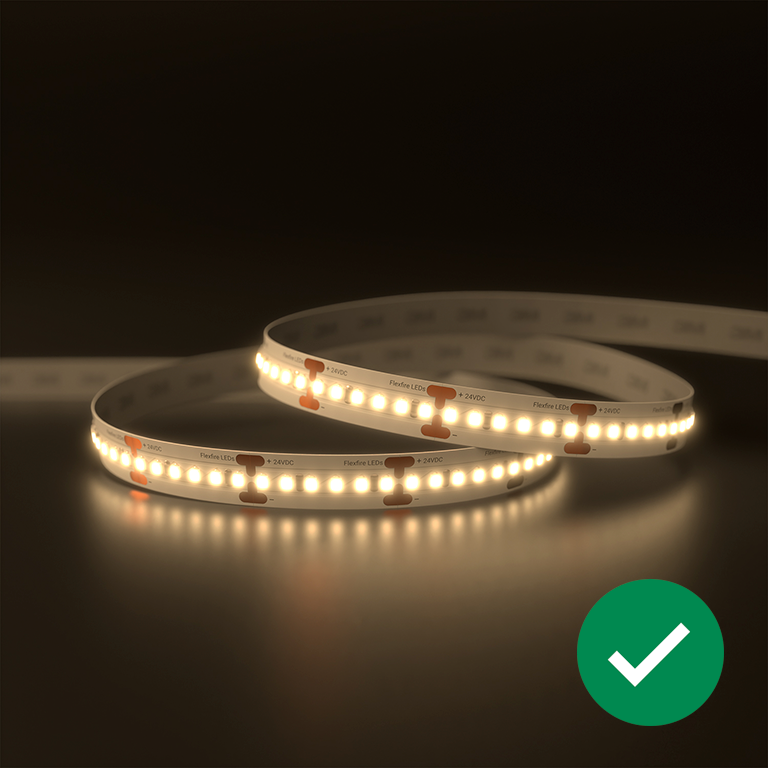
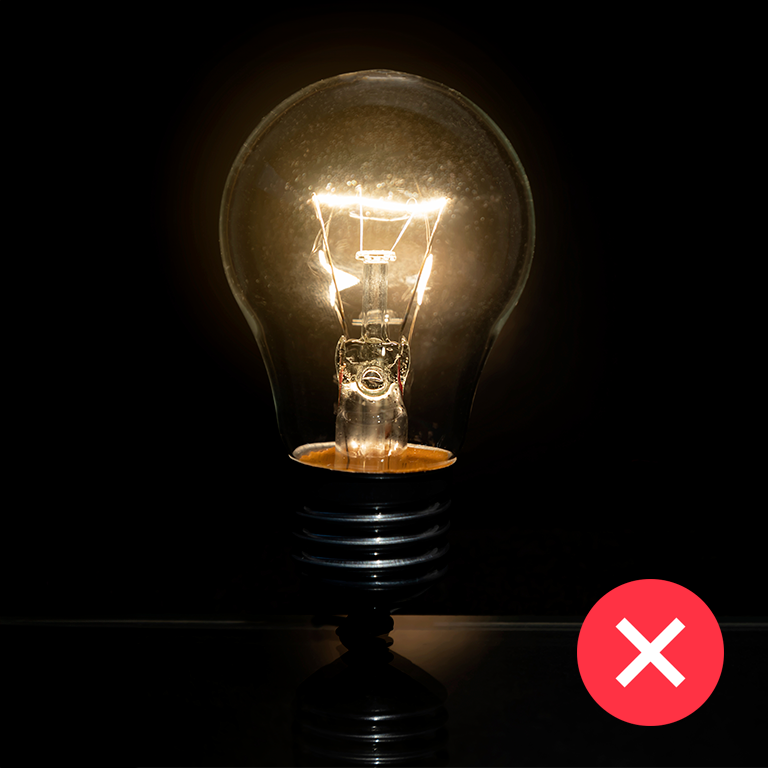
The name Nick Holonyak, Jr. might not ring a bell when you think about LED technology, but he’s the reason it exists. Thanks to his work, the kind of LED lighting we now use in strip lights is proudly American-born. And from the start, it had a clear mission: to replace the old-school incandescent bulb.
Often used as a symbol for bright ideas, incandescent bulbs are actually not very bright when it comes to efficiency. They use up a lot of energy to produce light, with most of it wasted as heat. They’re also not just expensive to run but definitely not eco-friendly.
So, when we say LED lights are more sustainable, we mean it in comparison to outdated lighting technologies. And sustainability isn’t only about the planet—it also means long-lasting products that make sense for your home and your budget.
We’re really comparing two very different ways of thinking about lighting here. Let’s take a closer look at three reasons that make LED strip lights a better choice for building a truly sustainable home:
1. LED Lighting Saves You (and Everyone) Energy and Money
How much is the average electric bill of an American home? Am I paying too much by using old, traditional lighting? These are the questions you and every other homeowner across the country ask ourselves when deciding whether to replace or keep their current lighting.
The truth is that LED strip lights are built to use energy wisely, unlike older bulbs that waste a lot of power. For example, under-cabinet LED strips above a desk for reading or studying can give you the same brightness using just one-third to one-fifth of the energy a regular table lamp with a traditional bulb would need.
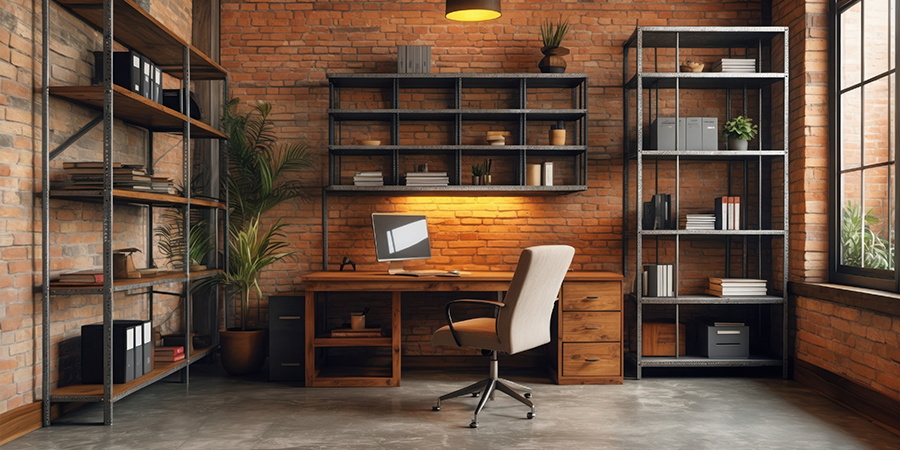
That’s right: when properly made, LED strips convert up to 80% of the electricity they use into light. Compare that to traditional bulbs, which lose 80% of their power to heat. That means LEDs get bright with less power, run cooler, and are less wasteful.
This smarter energy use isn’t just good for the planet—it is also wallet-friendly. With a simple change in your space, you can save on utilities without sacrifices and reap long-term benefits.
In the bigger picture, using energy-efficient lighting also benefits the country. Home lighting uses about 6% of the total power used across the U.S., so the less we use, the lighter the load on our power grids and the smaller our shared costs.
2. LED Lifespan Means Fewer Replacements and Repairs
Remember watching your dad up on a step stool or ladder, swapping out light bulbs again and again when you were a kid? Or that unmistakable feeling of defeat when one dim, dying bulb in a room reminded them all others were on their last leg?
This is not a surprise. Incandescent bulbs only last about 1,000 hours. And while longer tube-shaped fluorescent ones tried to step in with up to a 20,000-hour lifespan, they just didn’t cut it. They lacked style, offered limited white-tone options, and, honestly, didn’t last long enough to justify the switch.
On the other hand, premium LED strip lights can shine for up to 50,000 hours of continuous use. And if they come with a solid warranty like that of Flexfire’s LED lights and accessories, that peace of mind extends even further. It means years of reliable brightness without lifting a finger.
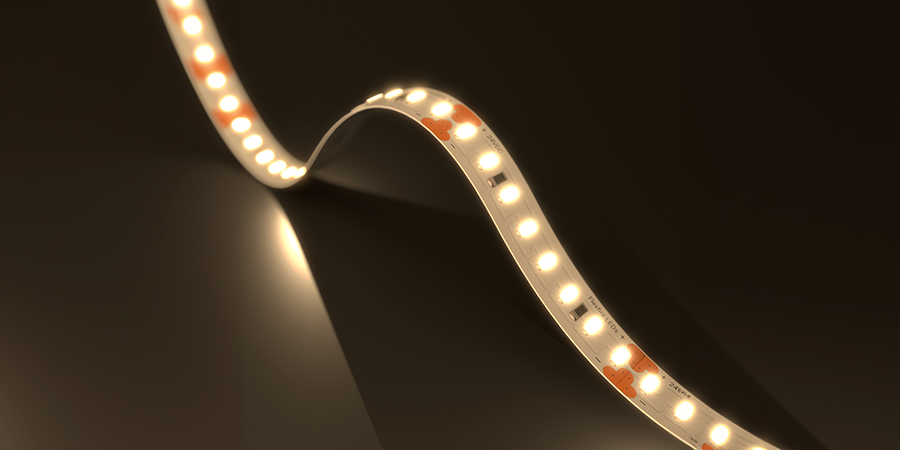
So yes, upgrading to LED strip lights saves dads the effort it takes to keep climbing that ladder (not to mention the trips to the store and all the product guesswork), but it also saves the resources it takes to manufacture and replace all those old bulbs. At least ten years of uninterrupted use? That’s not just convenient—that’s valuable energy, time, and money.
3. LED Lights Reduce Carbon Footprint
Are LED lights environmentally friendly? Yes. But picture this before we discover why: countless burnt-out traditional bulbs piling up in landfills and polluting our neighborhoods and the world's most vulnerable communities.
It's not just the waste volume caused by short lifespans that’s concerning. Many older lighting options contain harmful, toxic substances: Incandescent bulbs may include lead, while fluorescent tubes and bulbs carry mercury—materials that, when mishandled, can leach into soil and water, causing lasting harm to our brain, kidneys, and nervous system.
However, once your strips are damaged or past their prime, getting rid of them is simple. Thanks to their sturdy build and easy unmounting, there’s little risk of parts coming loose or sharp materials breaking and causing harm. And with more electronic waste and certified recycling centers popping up across the country, we can dispose of them responsibly.
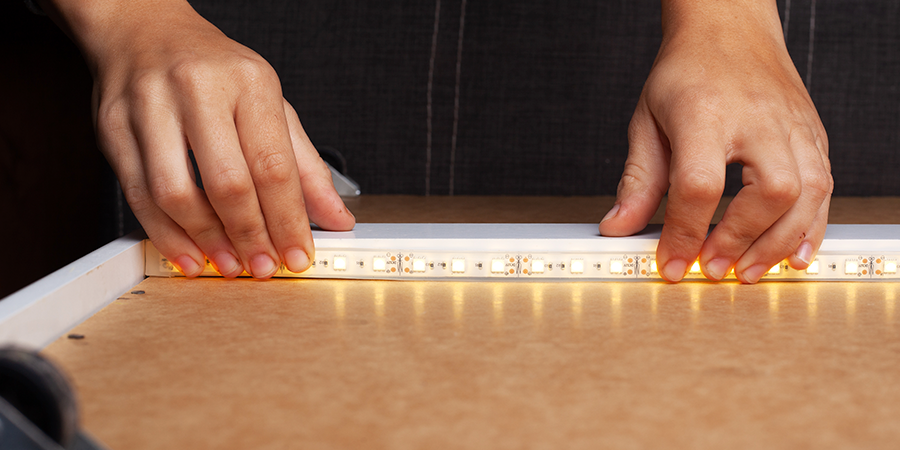
In addition, as we already mentioned, LED strips use much less energy than traditional bulbs. This helps lower your carbon footprint: The less electricity you generate to brighten your space, the less CO₂ will be released into the atmosphere—one of the main drivers of climate change, rising sea levels, and extreme weather.
Making an Impact with a Smart Home Lighting Control System
We’ve seen why switching to LED lighting is the right move for creating a truly sustainable home. But is there anything you can do at home to fully take energy efficiency to the next level? Installing a smart home lighting system is the right choice to control your LED lights based on the three benefits we’ve outlined.
For example, timers or sleep modes are essential—letting you set your lights to turn off automatically at bedtime, helping you save energy without even thinking about it. These systems can even track sunrise and sunset times year-round, automatically turning your LED lights on and off to match the natural rhythm of the day.
Smart control also unlocks the full potential of dimming. This means you can tone down your lights if they’re too bright, adjust them to match your mood or the daylight, or simply set the right level of brightness for the task at hand. Every thoughtful, strategic adjustment helps reduce energy use at home and extend the life of your lights.
Other accessories can help make your smart lighting system even more complete and energy-efficient. For example, motion sensors detect when someone enters a room and turn the lights on or off once the room is empty. There are also options that respond to door movement, powering the lights as soon as it is opened.

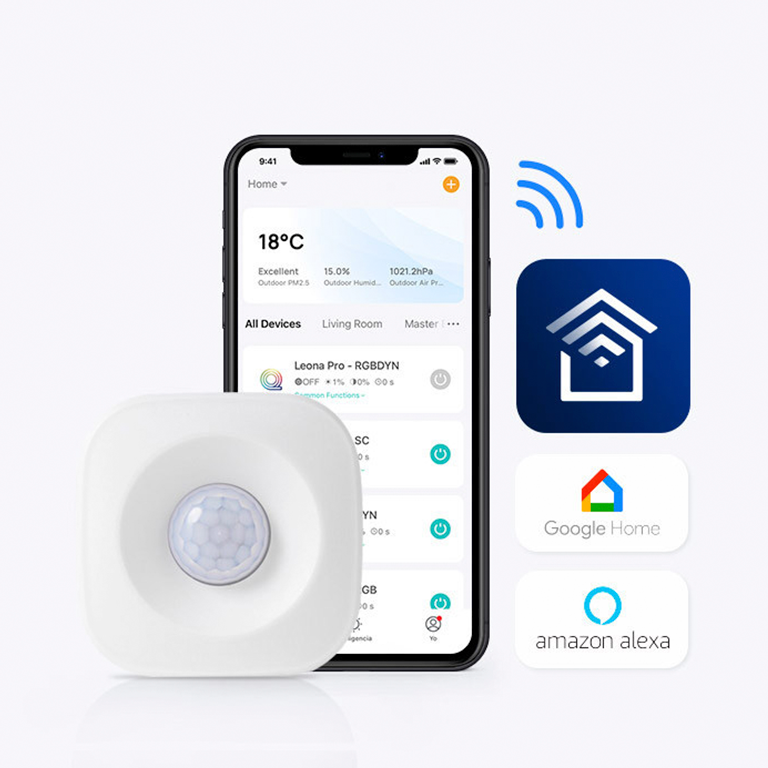
These tools are especially useful for ensuring that your lights are only on when they’re actually needed. They also help avoid small, everyday slip-ups—harmless and unintentional but costly in terms of both your energy bill and environmental impact.
Finally, there are also ways to bring older appliances into the smart era. Thanks to advanced smart plugs, you can turn devices on and off remotely, even when you’re not home. The same applies to LED strip lights connected to an outlet: you can cut the power whenever needed without rewiring.

Go for 100% Sustainable, Energy-Efficiency Projects with Flexfire
It’s totally normal to feel a bit of hesitation before installing new lighting. Especially when you’re looking at something as sleek and bright as Flexfire’s LED strip lights—it's easy to assume they must use up a lot of energy. But that couldn’t be further from the truth.
Our strips are built to be energy-efficient, last up to 10+ years, and help you save time and money around the house. Pair that with a team of lighting experts who care about your budget, and you’ve got the smartest choice for your home. Get in touch and start saving time, energy, and resources long-term with the lighting you’ve always wanted.
